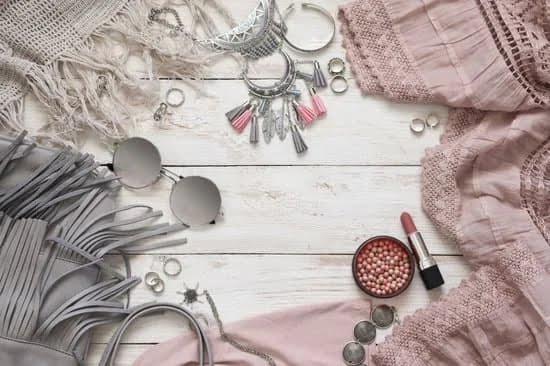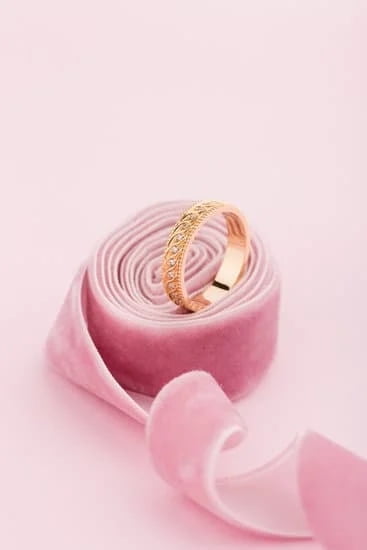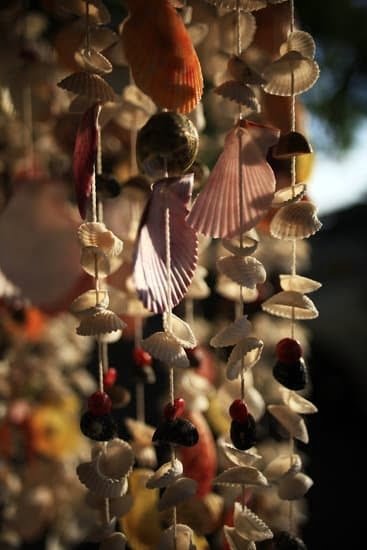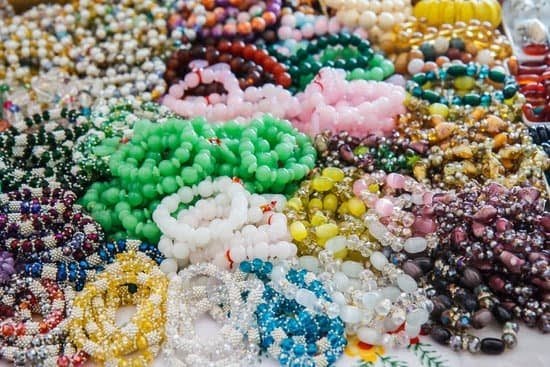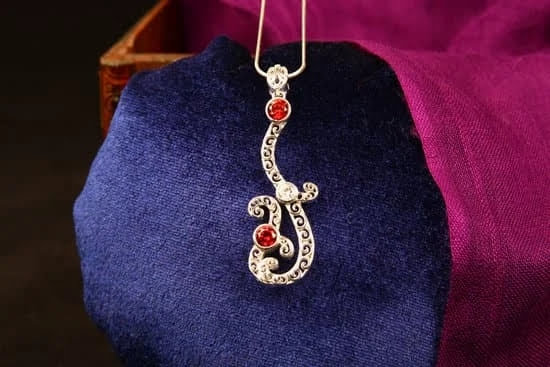Introduction
Jewelry knots are a forgotten art form that has been practiced for centuries. It is an ancient technique used to create beautiful pieces of jewelry with intricate and decorative knots. These knots can be made from a variety of materials, including metal, leather, cord, ribbon, or other fibers. With the right knowledge and practice, anyone can begin creating stunning works of wearable art.
A key to crafting effective jewelry knots is choosing the proper type and size of material for the project. Not all knots will work with every type of material. Metal materials require a tighter, smaller knot than leather or fibers. In addition, different designs may require more complex knots such as splices or hitches which must be tightly secured without compromising the overall appearance or strength of the piece. Some knotters even create their own special designs infused with symbolism and meaning in order to honor a person or event.
Incorporating interesting materials into your designs can also help add additional texture, color and dimension to your jewelry pieces. Popular options include seed beads, charms, crystal shards, pearls and other gems. Combining these components with basic knots helps bring any piece together harmoniously while offering tremendous creative potential through experimentation and innovation. It is important to remember that the tension in each knot should remain consistent throughout so that it doesn’t unravel or come undone while being worn on clothes or body parts like arms or hands! Knotting jewelry is an underappreciated creative outlet that anyone can enjoy regardless of their skill level or experience in crafting unique works of art!
A Short History
Jewelry knotting is an ancient craft that dates back to the earliest civilizations. In ancient Greece, jewelry knotting was popular, and during the Middle Ages, it had spread to parts of Europe. This form of jewelrymaking requires great skill and a lot of patience, as the knots must all be tied perfectly for them to hold their shape and intricate designs. The craftsmanship behind jewelry knotting goes beyond simply tying knots; it also involves selecting and cutting thread in different lengths, weaving the thread into intricate patterns choosing and combining materials such as beads and glasswork as part of the design, attaching clasps and charms to finish off pieces, and ensuring each piece is finished with flawless detail. Jewelry knotting has been passed down through generations around the world for centuries, with artisans learning different techniques from their elders in order to perfect the craft. The unique designs created by jewelry knotters have been infused into popular fashion trends throughout history — from elaborate beaded necklaces made by Native American tribes to classic preppy pearls worn by high society women in Victorian England. Today, jewelry knotters continue to innovate and find new ways to interpret ancient techniques while creating beautiful art pieces using traditional materials or even modern objects like gold threads or colorful gems. It’s a craft that still inspires awe today just as it did centuries ago.
The Basics
Knotting pieces of jewelry is a great way to add a unique and creative touch to your designs. Whether you’re making bracelets, necklaces or rings, there are certain tools, tips and techniques that come with knotting jewelry that can help make the process easier.
The primary tool used for knotting jewelry is twine or thread. Selecting the right twine or thread is essential because it needs to be strong enough to hold the beads in place while still being easy to work with. Most jewelry makers use silk twine or nylon multi-strand thread since they meet these criteria perfectly and also look sleek when completed.
When you start knotting your jewelry piece, it’s important to use even pressure so that the knots remain consistent throughout your piece. It typically takes practice to get this right but eventually you will develop the necessary skills in order to produce perfect knots each time. Another tip is to ensure that all of the threads within a knot are gently tightened at an even rate; if this isn’t done correctly then some of the threads may become too tight and cause lumps and loose ends on either side of your design.
A great knotting technique is called “overhand knots” which basically involves tying multiple threads together over each other; this creates a secure yet visually interesting patterned effect on your piece. It takes practice in order to do this properly but once you have mastered this skill it will greatly enhance your creativity when crafting beautiful pieces of jewelry!
Jewelry Knotting Techniques
Jewelry knotting involves the use of a variety of knots to secure strands together, to finish off bracelets and necklaces, and to create intricate designs. Each type of knot has its own uses and advantages making it an invaluable tool of any jewelry puncher’s toolbox.
Common forms of jewelry knotting include Overhand, Square (or Reef), Double Overhand, Loop Knots, Sliding Sheet Bend, Horseman’s Knot, and the Bowline knot. The Overhand knot is most commonly used for secure fastening or securely tying two or more strands together. It is easy to tie but should be closely inspected for any slippage of the knots themselves or when multiple strands are used.
The Square (or Reef) knot is another popular knot often seen in rope crafts as well as jewelry making when tying several ends together such as a thin cord or thread. This particular knot has moderate holding strength due to its knot form structure yet offers pleasing aesthetics after being tied correctly making it great for finishing off bracelet loops and necklace pendants.
The Double Overhand knot provides excellent security when multiple strands are involved as well as being visually appealing with its looped nature which can be also used when attaching charms or clasps onto a strand through looping the clasp onto either side of the loop gives extra security while being aesthetically pleasing at the same time.
Loop Knots such as Surgeon’s Knots are usually tied along two parallel standing end pieces of a cord creating an adjustable closure that allows one size fits all styles behind necklaces and shorter wrap around bracelet styles while providing added slip resistant security during wear ensuring not loose ends nor strand slipping occurs while worn by their owner respectively.
Sliding Sheet Bend knots provide extra slide-resistant properties when tied over cords whereas the Horseman’s knot could be applied where quicker-tie abilities are called upon in thicker cords such as leather lapis where a sliding safety clasp tied onto one side ensures no slipping risks occur during wear or fastening processes compare too traditional closures would have offered before this unique yet highly useful ties entered fashioning practices previously.
Lastly, the Bowline Knot offers elegant curves that intertwines symmetrically around each other forming an easily adjustable pull system allowing quickly length adjustment needs without damaging any part of either side delicate cords allowing protective encapsulation against external damages from occurring beneath with especially valuable if expensive materials were previously acquired to take up permanent places within respected jewelry items requiring luxurious maintenance free lengths being considerately addressed throughout ones lifetime owning them respectively
Problem-Solving
In jewelry knotting, many problems can arise while attempting to tie secure knots. The most common of these is when a knot appears too tight or too loose and needs to be fixed. When this happens, the solution is to carefully remove the knot and start again with a different tying technique. In some cases, atypical materials like large cord affect how tightly or loosely the knot will tie. To remedy any issues that arise from such elements, one way to secure a knot better is to tie two or even three separate knots on top of each other. Not only does this reinforce the hold of the initial knot, but it also creates an aesthetically pleasing look as well. Another way to tackle knotted roadblocks that wool and mesh-like components cause are to add additional twists and passes through them as you tie, which makes it easier for them to come together in a reliable way. With careful adjustments like this, one should be able to create intricate jewelry connections without difficulty.
Taking Jewelry Knotting to the Next Level
Jewelry knotting is a great way to add interest and intrigue to your accessories. Knotting can be used to combine different materials—such as beads, leather cords, and threads—into beautiful pieces that are sure to make a statement. There are so many techniques you can use to create dynamic designs with jewelry knots!
One great way to use knots in jewelry is by using macrame techniques. Macrame involves using repeating knots and loops to weave together different beads, cords and more into interesting patterns. The amount of repetition can range from simple hook-and-loop closures to complex ribbon weaves. You can also mix stones or carefully chosen beads for an even bolder look.
Another way to add variety and dimension with your jewelry knots is by playing with the lengths of your strings, cords, or threads. You can try twisting some of the cords together while looping others around them, or vary the lengths up top create depth and texture in your design. Another technique called Soutache allows you to mix different types of cord together for maximum effect—the possibilities are endless!
Finally, you can also use mixtures of different textures when creating jewelry with knots; mixing metals such as silver and gold can draw attention to particular areas of the jewelry piece you’re making. You could choose silk thread or pearls for a delicate look, or perhaps choose earthy Nylon/hemp thread for a rustic fashion statement. When used properly, any material combination can work well with knotting depending on what type of jewellery piece you’re trying to craft!
Showcasing Your Creation
Once you have created your unique jewelry knots, it is important to properly showcase them in order to draw the attention of potential buyers. One of the best ways to showcase your jewelry knots is to create an eye-catching display. This can be done by setting up an art gallery or craft show where you can showcase not just your jewelry but also other related accessories and items, such as hobbies and artwork. Additionally, be sure to create plenty of informational material about what type of knotting techniques were used for each piece and why they are special.
You can also spread the word about your jewelry knots by advertising through social media like Instagram and Pinterest. Be sure to use keywords that will capture people’s interest. Make sure you include all the details such as colors, materials used, sizes, price range and other information that potential customers may find valuable when looking for a certain piece. Promote discounts and promotions on these platforms which will motivate people to shop from you more often. Furthermore, reach out to local magazines or newspapers and see if they will feature a story on the creation process behind your jewelry knots — this kind of publicity could really help grow your business and give potential clients insight into the work involved with making these pieces. Finally, never forget the power of word-of-mouth marketing —encourage family members or friends who like your jewelry to share their positive experiences with others so more people become aware of your creations!
Recap & Conclusion
Jewelry knots are an effective way to secure and display jewelry. They are not only aesthetically pleasing, but they also help add weight and bulk to necklaces or bracelets. It is important to be aware of the different types of knots and their respective uses in order to properly knot jewelry pieces. The most commonly used knotting techniques are Overhand, Square, Larks Head, Sheet Bend, Cow Hitch, Barrel Knot, Surgeon’s Knots, Matthew Walker Knots and Zeppelin Bend. Knowing how and when to use each type of knot is key. With proper technique and practice you can create beautiful jewelry pieces with knots that hold securely in place.

Welcome to my jewelry blog! My name is Sarah and I am the owner of this blog.
I love making jewelry and sharing my creations with others.
So whether you’re someone who loves wearing jewelry yourself or simply enjoys learning about it, be sure to check out my blog for insightful posts on everything related to this exciting topic!

